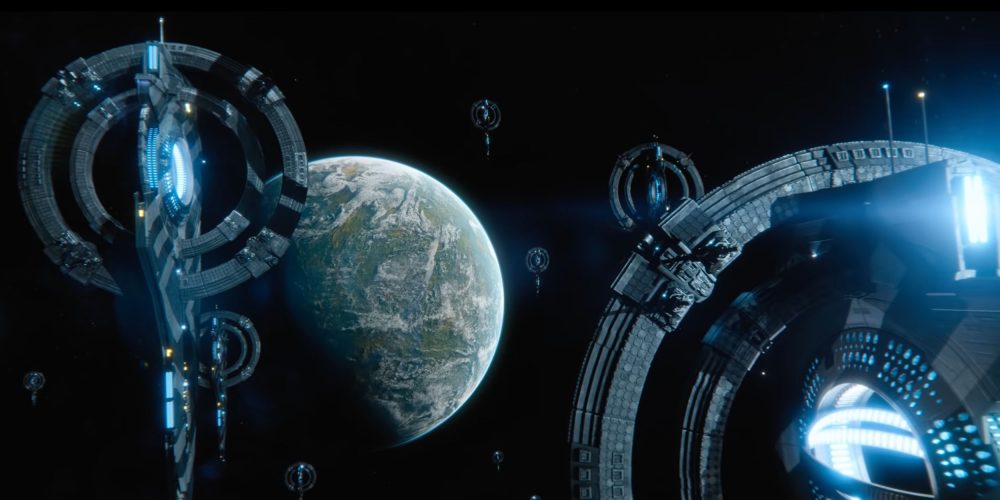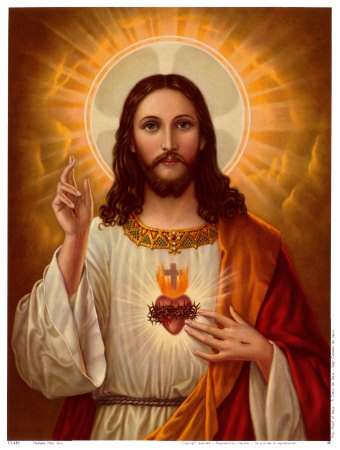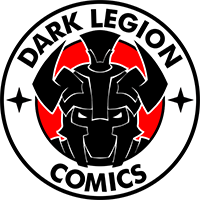First Impressions: Foundation

If Isaac Asimov and Frank Herbert had had a baby it would look like Apple TV’s Foundation…
No, that isn’t it.
How about, if Apple TV’s programming chief wanted to buy Dune and it wasn’t available it would look like Apple TV’s Foundation? Yeah, that’s the ticket.
Foundation by Isaac Asimov is one of the most over-rated books in the history of science fiction. It just isn’t as good as most people think it is. The idea of a galactic empire falling, with an ensuing Dark Age being cut short by the rise of a new civilization based on ultra sciencey super-science, with NO religion whatsoever, was nowhere near as original as people seem to think.
Foundation was clearly and obviously inspired by De Camp’s, Lest Darkness Fall that came out a couple of years before. And it was about a man from the present cast into the past, who was able to prevent the fall of the western Roman Empire.
Though to give credit where it’s due, Asimov figured out that De Camp’s premise was bullshit. Nothing could have prevented the fall of the western Roman Empire. It was too corrupt. If it hadn’t been Alaric the Goth specifically, it would have been somebody else eventually.
And if it had been preserved, what would you have? At best, a low productivity high stasis society like China, Korea or Japan at the end of the 19th century. A world where everyone would be born into their societal rank and they could never leave that place, except to go downward and no one ever went upward. So, everyone’s effort would be put into making sure whoever was beneath them stayed beneath them. If you were the town dung-gatherer you made damn good and sure your assistant never was able to take your place.
Preserving the Western Roman Empire would have been a very bad thing.
Asimov had enough history to know that it was largely the Church that had preserved knowledge of math, literature, and the sciences in the West. There were quite a few things he got wrong about that, but his consensus academic prejudices were fashionable at the time. *
What the atheist Asimov couldn’t abide by was the idea of the Church being the preserver of enlightenment during the Dark Ages. So, he created a science fantasy setting where the Dark Ages were cut short by a foundation that built a new civilization based on science for science’s sake.
Also, he didn’t create that one either.
H.G. Wells did in Things to Come.
So, Asimov’s most groundbreaking work was really just an amalgam of current and past tropes that he wrapped up in a ball and stuffed into a future setting. Foundation was kit-smashing as science fiction and if you look at the rest of his work you won’t be remotely surprised.
I suppose it’s only appropriate that the mini-series based on Foundation is the result of kit-smashing as well.
The showrunner is David Goyer, whose work I have found surprisingly tolerable in the past. Dark City, Batman Begins, The Dark Knight, (although not, Dark Knight Rises which might explain a thing or two). He cut his teeth on the 1993 version of Heinlein’s Puppet Masters. He appears to have some respect or at least interest in Appendix N authors and has some actual talent as a writer.
His version of Foundation is so far, more interesting than Asimov’s. Although it has a very slow start, as well as a low bar to stumble over. If you are going to watch the first episode skip the first twenty minutes, you won’t miss anything.
The visuals are great. Can’t deny that they do their job.
Trantor is everything that Coruscant should have been, namely a supporting character in its own right, with its own story to tell. There is no ground on Trantor, the entire planet is one great machine with a powerfully built with an ornately fashioned skyhook reaching up to orbit. The art design is reminiscent of the Greek revival with a heavy emphasis on pillars. Particularly the skyhook.
Basically, it looks like Kiatain from Dune. An ancient empire at its height but decaying beneath the surface.
This TV series feels a lot more like Dune. This is probably because Frank Herbert created the tropes most associated with a galaxy-spanning space dynasty that is in terminal decay.
The FTL travel has a more hard science feel to it. The starship’s engine design suggests the use of a captured singularity.
The Emperor was kind of intriguing. There are three of them but there is only one of him. To be less fuzzy, all emperors are the cloned decedents of Emperor Cleon I. And there are always three of him at any time. Brother Dawn, who is a young boy just decanted and learning from his elders. Brother Day who is the adult active ruler. And Brother Dusk, (a near dowager figure), the elderly former ruler who acts as principal adviser to Brother Day, although he still retains the title of Emperor.
Asimov’s galactic emperor was really a knock-off of the old Barracks Era Roman Emperors. Whereas Goyer’s Emperor is a (kinda-sorta) immortal trinity, much more of a god-emperor figure. This is reinforced by the iconography of a mural that gets quite a lot of screen time as well as the poses Brother Day makes. Note the hand gesture below:


The first episode of the mini-series drastically expands, what in the book, was only the prologue. Admittedly, Trantor makes for a much more interesting setting than a barebones colony like Terminus. But from a dramatic standpoint, it’s also a much better setup. Asimov never really explored his galactic empire in the first trilogy. It was in the background and you knew it was falling but Asimov was much more interested in the rise of the Foundation rather than the collapse of the empire. Frankly, the fall of an empire is the more dramatic setting and not just because we happen to be living through one at the moment.
It also made more sense to showcase the power of the Empire while it was at its height. It made starkly clear, the implacable power that could smash the Foundation with no more trouble than you would have in swatting a fly.
One welcome change was the edition of religion. The unspoken conceit in Asimov’s original work was that religion would have been completely abandoned in favor of Atheism long before humanity went to the stars. Gaal Dornick, is the primary protagonist in the early episodes, and she has formally rejected her religion but when questioned about it during her trial makes a reference to church doctrine that indicates she doesn’t believe she has been cut off from God no matter what her home-world’s religion holds to be truth. I’m sure Isaac Asimov would have hated it, so I’m fine with it.
Hari Seldon is present for the first and second episodes. Which is more than you ever saw of him in the first trilogy. Again, Goyer believed, (correctly I think) that Seldon needed more of a buildup given how he overshadows everything else.
Yes, my Darklings, I know what your big question is:
Is there Woke?
It’s for Apple TV, what the fuck were you expecting?
Although, it’s more Woke Washed than Woke per se. There is the required race and gender-swapping needed to get any project off the ground these days. Salvor Hardin is now a diverse woman of color. So is Gaal Dornick. As is, R Daneel Olivaw, although she’s white, also given that Daneel has always been a robot it doesn’t matter all that much. In truth, none of these changes matter in the lease since Asimov’s characters were so pancake flat, even by 1940s pulp standards, that any change at all gives them more depth.
David Goyer’s advantage here is that pretty much all of these characters are blank slates that had to be filled in. And he’s done an interesting job so far.
The best scene in the pilot was easily the destruction of the skyhook tower and its catastrophic collapse into Trantor killing about 100 million people. It’s where most of the budget went and Goyer got his money’s worth.
There is no credit for the Mule in IMDB, nor Magnifico Giganticus. Although, Goyer could have felt the name was too stupid to use. More likely that’s being saved for the second season.
In conclusion: The first episode has a very clunky start, skip the first twenty minutes if you are going to watch it at all. But it was rather compelling after that. I don’t recommend buying a subscription for it but if you are already getting Apple TV you should give it a look.
Okay, I’m done here.
*The truth is that the Crusades did more to end the Dark Ages. Once European barbarians started hanging out with comparatively civilized Arabs (and by comparison they were civilized), they developed a taste for literacy, art, and engineering. These things became fashionable.
Also, the Dark Ages didn’t exist. The standard of living for your average western European went up without Roman tax collectors coming around to impoverish them. Aside from governor’s palaces falling apart things didn’t change all that much for your average Goth in the street.

